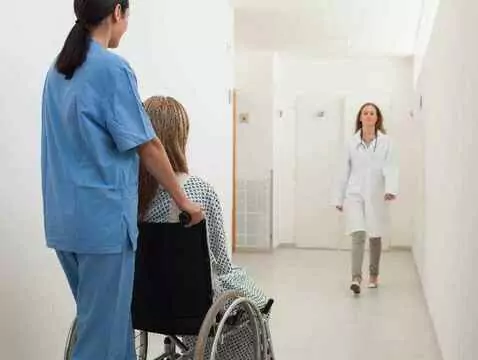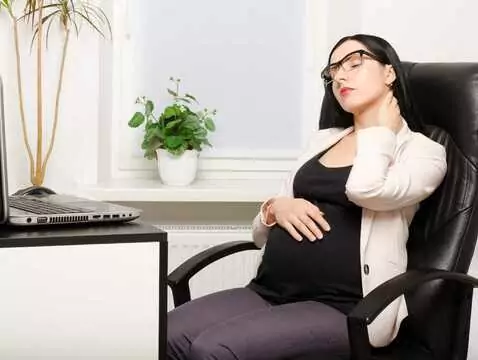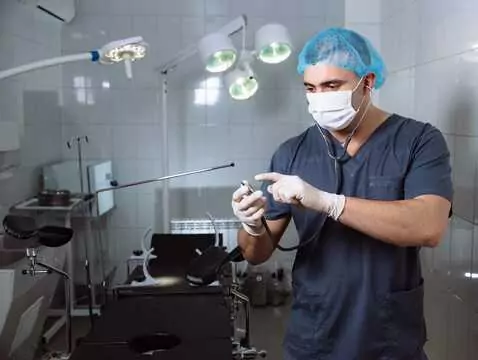A large number of women (25% of all pregnant women and 85% of women in their third trimester of pregnancy) suffer from haemorrhoids during pregnancy. The first symptom indicating the condition is, among others, bleeding and discomfort in the form of pain in the anal area. In order to avoid this unpleasant condition, it is important to implement prevention - proper diet and exercise.
Ad:









